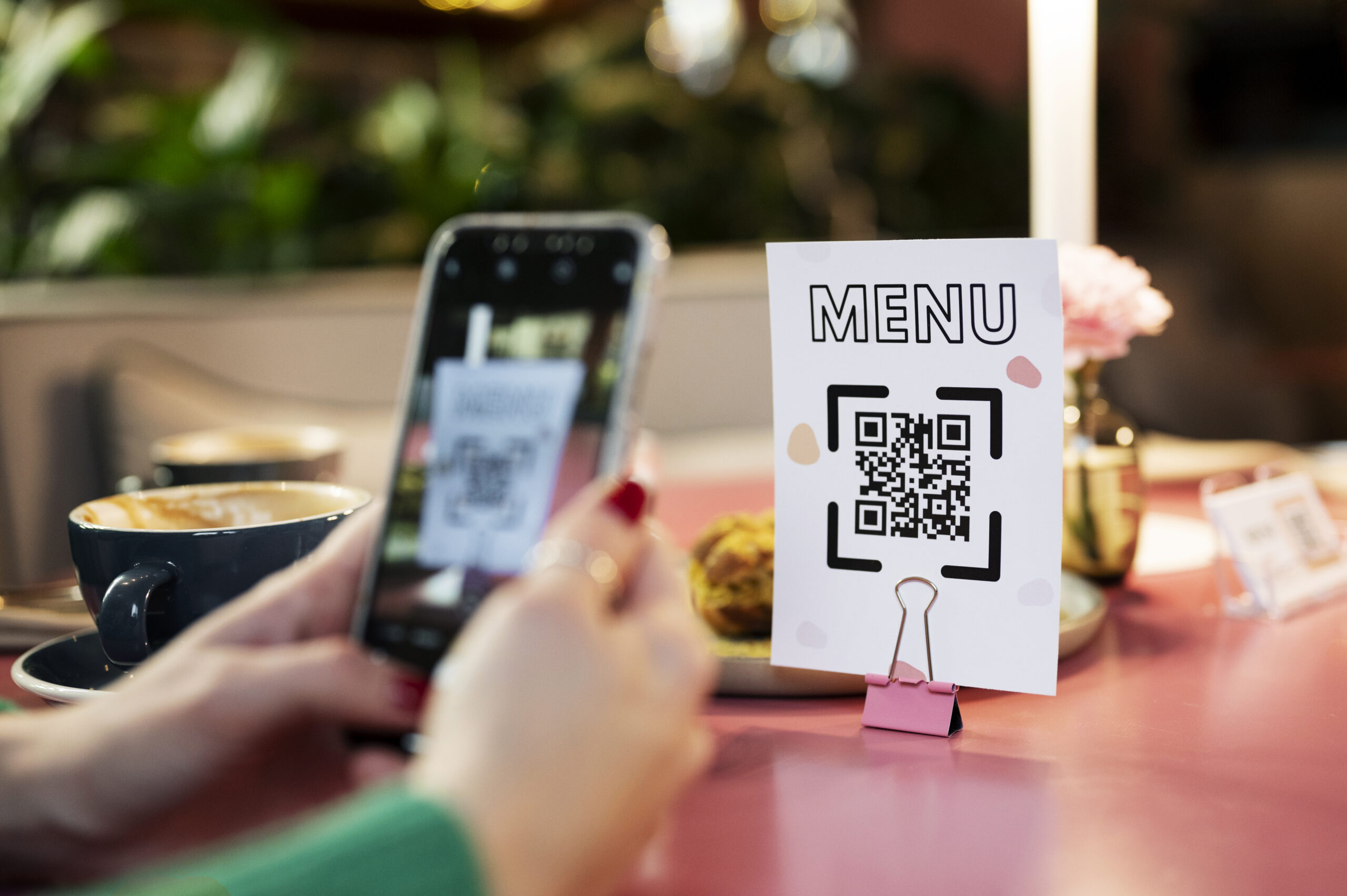
QRIS Unlocked: The Future of Digital Payments in Indonesia.
Keuangan • 21 Agustus 2025
QRIS (Quick Response Code Indonesian Standard) is transforming how payments are made in Indonesia—and it’s not just a tech upgrade; it’s a cultural shift toward a cashless society
QRIS is a standardized QR code system developed by Bank Indonesia to unify various digital payment platforms. Instead of merchants needing multiple QR codes for different e-wallets or banks, QRIS allows one code to work across all platforms.
Key Benefits of QRIS

- Convenience & Speed
Just scan and go—no need for cash, cards, or waiting for change. Transactions are completed in seconds. - Interoperability
Works across different banks and e-wallets like GoPay, OVO, DANA, and more. - Cost-Effective
Lower transaction fees compared to traditional methods make it appealing for small businesses. - Security & Regulation
QRIS is regulated by Bank Indonesia, ensuring secure and monitored transactions. - Digital Records
Every transaction is logged, making it easier to track spending and manage finances.
Why Businesses Love It
QRIS provides a lot of boosts to customer satisfaction, as faster checkout means happier customers. Flexible Payments is also one of the highlights of QRIS. It supports transactions from Rp1 to Rp20 million, accommodating everything from street food to luxury purchases. There is growing adoption of the QRIS system. Over 24 million merchants and more than 30 million users in Indonesia have adopted QRIS.
Potential Drawbacks of QRIS
1. Digital Divide
Not everyone has access to smartphones or stable internet, especially in rural or low-income areas. This can exclude certain populations from participating in the cashless economy.
2. Security Concerns
While QRIS is regulated, users remain vulnerable to scams, such as fake QR codes or phishing attempts. Lack of awareness about digital hygiene can lead to financial loss.
3. Technical Glitches
System downtime, app crashes, or slow internet can disrupt transactions. Merchants and customers may face delays or failed payments during peak hours.
4. Limited Adoption Among Older Generations
Older users may struggle with the technology or feel uncomfortable using digital wallets. This can slow down universal adoption and create generational gaps in payment behavior.
5. Merchant Resistance
Some small businesses may hesitate due to transaction fees, lack of trust, or unfamiliarity with digital systems. Others may prefer cash for its immediacy and lack of traceability.
6. Privacy and Data Use
Users may be concerned about how their transaction data is stored, shared, or used by payment providers. Transparency around data policies is still evolving.
QRIS in Everyday Life
From topping up mobile games to buying street food in Bali, QRIS is everywhere. Even tourists can use apps like BaliCASH to pay seamlessly without converting currency manually.
QRIS has revolutionized digital payments in Indonesia, but like any system, it’s not without its challenges. Here’s a thoughtful look at some of the potential drawbacks:

